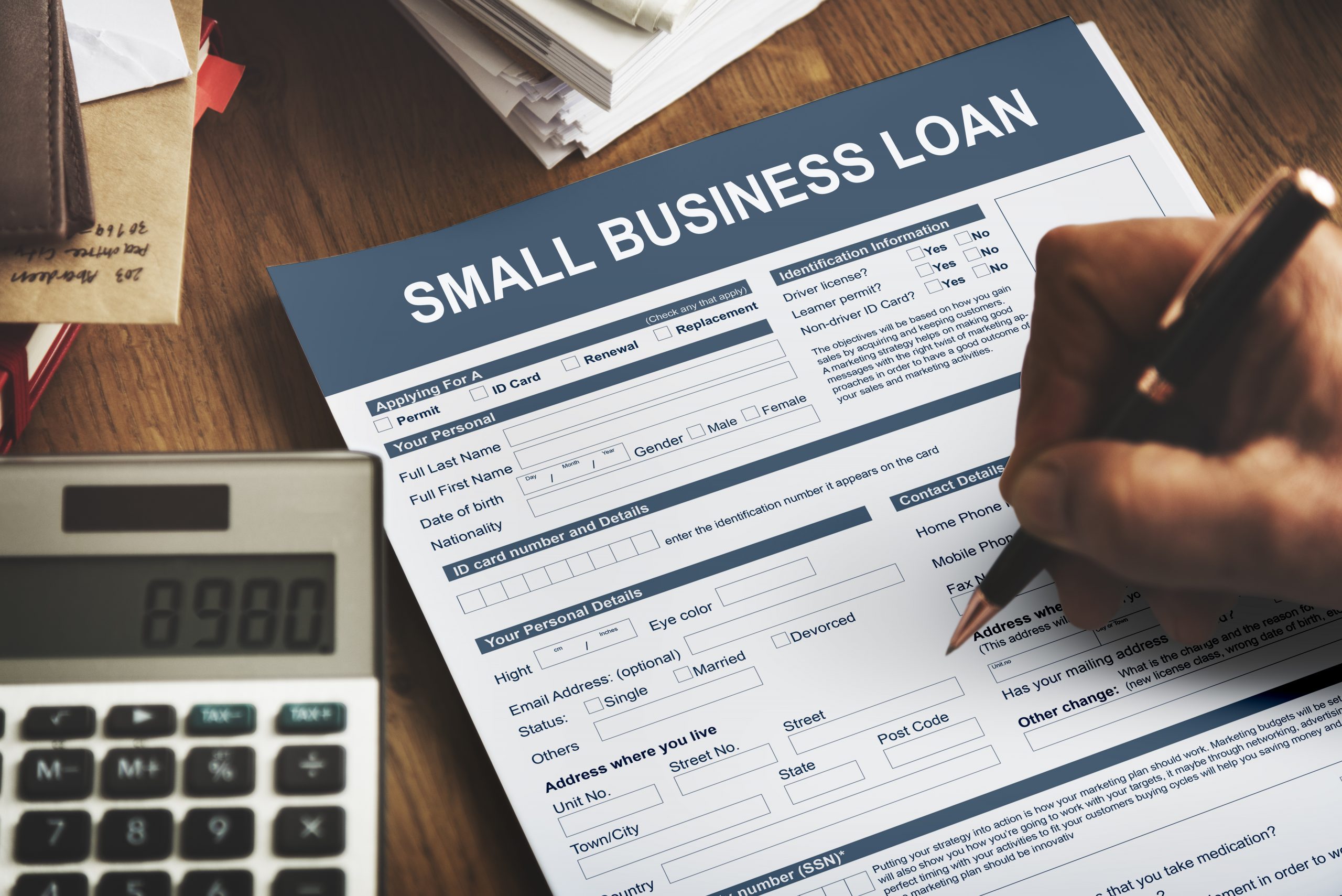There are more than 24 million people in the retail industry in the United States alone. They provide products and services that everyone needs: food, clothing, appliances, electronics, home furnishings, and auto parts. Even skilled labor, home improvement, and expert advice are considered part of the retail business sector.
Retailing is considered one of the primary contributors to the US economy, as well as most economies within the developed world. Retail companies in the United States are among the largest employers . At least a third of the 500,000 new companies which start up every year operate within the retail sector. These ventures have entrepreneurs who are ready to invest time and capital and, at the same time, make a living through products or services that consumers need or want.
The retail business involves the purchase of goods or services directly from a manufacturer, importer, wholesaler, agent, or even other retailer. Then the retail business will in turn sell the products or services to consumers for their personal consumption. The price to the consumer for the product or service should now include the retailer’s expenses plus profit.
According to the National Retail Federation, there are more than 1.4 million retail outlets in the United States with over 1 million retail companies, all in all. Most of these retail companies are store retailers or have physical, brick-and-mortar stores, but other enterprise types are joining the sector, including e-commerce, automatic vending machines, mail order, direct retailing, door-to-door selling, pop-up sellers, and service providers.
Different Types of Retailers
The retail sector is a highly-competitive and diverse marketplace. Vbelow is an overview of the various types of retailersin operation :
Store Retailing. America’s retail scenario is a dizzying array of department stores, independent shops, off-price or discount stores, regional and national chains, membership warehouse clubs, conventional supermarkets, and other large-scale ventures that generally dominate the sector.
Store retailers typically operate at a fixed location for their point-of-sale, allowing them to attract a large number of walk-in customers. Generally, these stores resort to extensive displays of merchandise, as well as mass media and social media advertising, in order to attract customers. They sell their merchandise to the public for personal use or household consumption. However, some also have customers that are in the business or institutional sectors, as well. These include office supply stores, software and hardware stores, computer stores, dealers of building materials and electrical and plumbing supplies.
Specialty retailing. Target, Wal-Mart and other power retailers typically sell “needs” while specialty traders tend to sell items that are considered “wants.” These specialty stores focus more on the convenience and richness of the shopping experience. Most of the time, small store are strongers and more resilient in terms of facing large-scale competitors and e-commerce stores as they give the consumer a warmer, more welcoming atmosphere with a broader and deeper merchandise selection.
Most stores are owned, and operated, by a single person or with only minimal assistance. Specialty retail outlets are easier to start up, compared to manufacturing operations in terms of both financial and operational aspects. Nevertheless, they also tend to face a greater number of failures because of poor location, undercapitalization, and insufficient marketing analysis.
Non-Store Retailing. If you will look closely into the retail sector, a larger number of retailers are now operating non-store or through electronic shopping, electronic and paper catalogs, direct selling, through television, in-home demos, via vending machines, mail orders, or pop-up stores. Most of the time, these stores do not maintain an inventory of stock for immediate sale, except with vending machines.
This type of selling has many advantages. For one, it is not necessary to buy, maintain, and secure a large inventory of your products because, more often than not, these matters are handled by others in the retail supply chain.
14 Steps to Starting Your Retail Business
Now that we have discussed the different retailer types, it’s time to look at how to start a retail business. Here are the steps that you need to undertake for a retail business startup:
1. Choose a legal business structure.
Selecting the legal organizational structure that is ideal for your business is really crucial and is one of the most important things that you will make. Yes, it is true that you can change the organizational structure later but it won’t just be difficult, but more expensive, as well. Ideally, make the decision early in the process.
One of the most common business structures is the LLC or Limited Liabiltiy Company because it is simpler to register compared to others. However, if you want your business to have an advantage of better traction, consider the S Corp. Incorporating will help protect the business, as well as you and your family, in case something goes wrong with the business.
2. Choose a name.
This task may come easy for others but can be a challenge to some. You should be careful in choosing the business name and consider the meaning, how well it can be recalled, and how the name will be considered or treated by the people in social media. Check out names that ring a bell or a name that you can relate with, such as your name or family name. If you plan to make Search Engine Optimization a consideration, however, using the family name is not advisable as you are unlikely to yield any favorable results
The name of the business should speak to the business itself. For example, if you want your business to be called Benson, which is your first name, include the words that would best describe your business, i.e., Benson’s Hardware Store, Benson Tools and so on.
3. File for an Employer Identification Number.
The Federal Tax Identification Number or Employer Identification Number is used to identify your business as an entity. This can be acquired easily by completing form SS-4 with the US Internal Revenue Service.
4. Know your products or services.
When starting a retail business, it is very important to pick the right merchandise to sell. Most retailers will agree that choosing the products or services you intend to sell is a balance of science and art, and that all products will require a certain service in order to sell. It could be gift wrapping, service repair, or any extras that will attract more customers and can help your store to become more successful.
The products that you’re selling are most likely to be based on your passion because you will find it difficult to sell a product that you are not passionate about, or at the very least, knowledgeable about it. When buying products to sell, keep in mind that the products must be 10% the right fit and 90% math. It’s easy to get any product into your store; the hard part is ensuring it is profitable.
5. Determine the channels.
The way or method in which your customer can do business with you is called the channel. Are you considering an online page or store together with your physical store? Are you willing to consider accepting phone orders or mail orders? Is a mobile app right for you?
Retail is a world full of methods these days. It is an omni channel business and customers are now expecting you to offer your products or services via more than one channel. You must think about which channels will be ideal, and which will be effective for both your business and your customers.
6. Know the laws.
It is important to understand the laws covering your retail business, including obtaining the appropriate business permits and licenses, contacting your local and government agencies, and so on. Before starting your business, find out which laws or statutes pertain to your retail store type and research these carefully. You may also want to consider consulting a lawyer, as well as an accountant, to help you in organizing your business properly.
7. Establish customer experience.
Among the given steps in starting a retail business, establishing a good and memorable customer exerpience is by far the most important thing. It is crucial to know what your customers really want. For instance, more than 60% of millennials prefer shopping in a physical store as opposed to shopping online. However, they are demanding a different shopping experience, one that will make a drive to the store “worth it.” Many retail shops fail because they only focus on the store design and products they sell and forget about the customer experience.
8. Write a business plan.
It is not enough to have your plans in your head; your business plan needs to be written down or you are bound to fail. The importance of a written business plan is that you will be forced to consider all areas and look at all angles. Writing a business plan pushes you to do extensive research, which you cannot skip if you plan to succeed. While it will make starting up a business more difficult to achieve and lengthen the process, writing a business plan correlates with the store’s success.
A business plan must include an in-depth analysis of your competition, decisions on the customer experience, your company employee plan, management plan, and pro-forma balance sheet and income statement.
9. Find a good location.
The location of your retail business greatly impacts how well your shop will do. The success (or failure) of a business often is a factor of location. The perfect location can make it a successful venture, while a wrong choice is a recipe for failure. While location is crucial in retail,.you must balance your budget, as well, and make sure you get the best location that your budget permits. Consider the second best spot first before signing the lease and never overspend just to be in the best spot.
10. Establish your store policies.
The planning stage is the best time to establish your store policies and retail business procedures. Before opening your doors to the customers, it is best to anticipate problems and determine how you will handle any possible situation, along with the day-to-day operations. Knowing what you will do beforehand keeps you from making a critical mistake once the actual situation with the customer takes place. A problem handled appropriately and smoothly will go along way toward building goodwill, especially for the other customers who might witness the interaction, rather than allowing the issue to escalate.
You can master this by spending your free time training your employees through role-playing. Make them fluent with your policies to guarantee that they can provide the best customer experience possible.
12. Design your marketing pitch.
Before opening your retail store, it is a good idea to start your marketing and promotions. Craft a retail marketing plan and brainstorm promotion ideas. Start with the branding and advertising even before your store opens. Study how you can take advantage of the media buys and sales events.
Focus on a marketing plan that will interest your potential customers. For instance, if you know that most of your customers dwell on social media, spend your advertising money on Facebook ads. On the other hand, if you think your potential clients are more into print ads and newspaper, use those types of media to expose and promote your products.
13. Hire the best people.
The only way to give your customers the best service and the experience they deserve is to hire the right people. Hire people that fit your culture. They do not need to have extensive experience in retail because you can teach those things to them. The traits that are more important, however, most likely cannot be taught by you, such as kindness, compassion, generosity, and being able to smile regardless of the situation. These traits come with the employee and are very difficult to learn.
14. Open your store.
Before opening your store officially, it is ideal to conduct a soft opening first. This is when you open the business without any announcements. Soft opening your store allows you to have a look at what it will be like on the big day. You will have the chance to fix things and flush out potential issues before announcing to the public that “yes, we are open.”
Do not hold the grand opening until you are really and truly ready. The grand opening is your one and only shot at making a good first impression. While some customers may willingly and gracefully accept the lack of knowledge of a newly trained staff member as opening day jitters, there are an equal number who would be annoyed. Given that, hold the grand opening only once you are sure that you can give the best customer service and experience possible. Keep in mind that a satisfied customer is the best form of advertisement that you can have.





